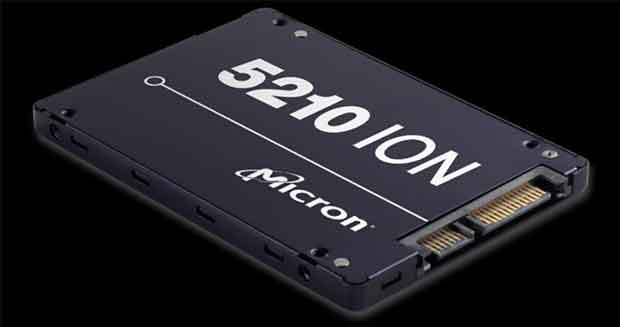Intel Announces that it has Pressed the green button regarding the large-scale release of SSD PCIe disk operating NAND Flash 3D QLC chips.
The solution targets the professional market, particularly data centers. This new generation of NAND Flash memory chips improves capacity while reducing manufacturing costs.
3D QLC, the advances
The giant explains that these QLC flash chips (4 bits per cell) offer a 33% increase in density over the classic NAND TLC Flash. In addition, the 3D design also improves this density.
QLC stands for Quad-Level Cell
We are in front of an announcement and the firm does not go into details. We should know more in the near future. In the meantime, Intel confirmed a few weeks ago that 2.5-inch U.2 SSDs capable of offering up to 20 TB of capacity will go into production in the second half of 2018.
Intel SSD NAND Flash 3D QLC
Intel does not target raw performance but promises much faster drives than conventional hard drives.
The use of QLC lowers production costs and therefore normally makes prices more competitive. On the other hand, this memory has a negative side. It concerns endurance in writing. It is strongly revised downwards against the classic TLC. If the latter announces 3,000 writes/erase cycles before a memory zone degrades, this figure drops to 1000 cycles for the QLC.
Last May, this QLC took off with the announcement of the Micron 5210 ION. This SSD was presented with capacities ranging from 1.92 to 7.68 TB. It operates a SATA interface. Its objective is to offer an alternative to the classic 7,200 rpm hard disks used in data centers.
